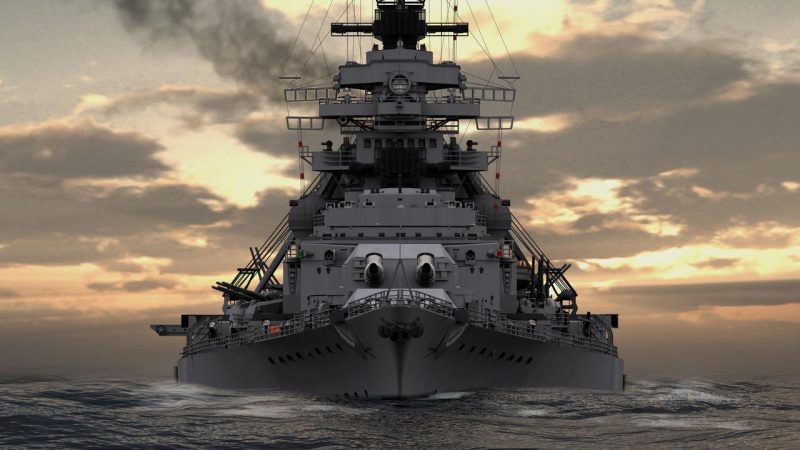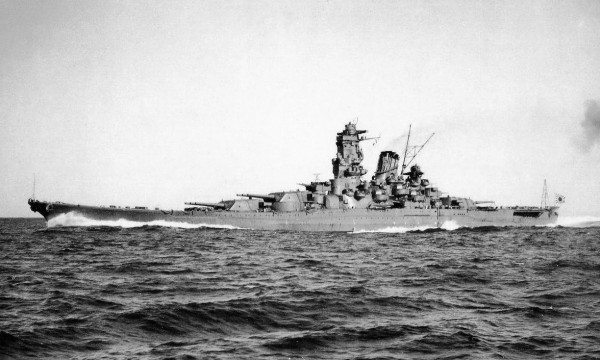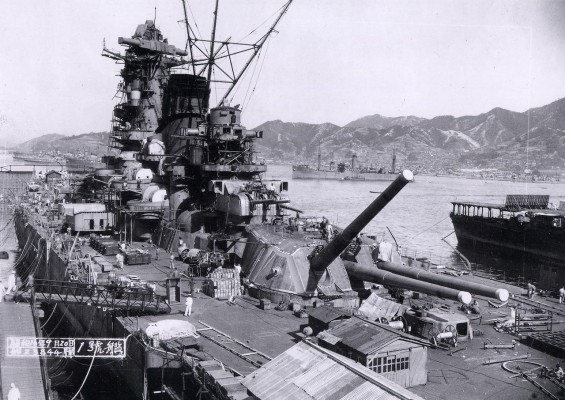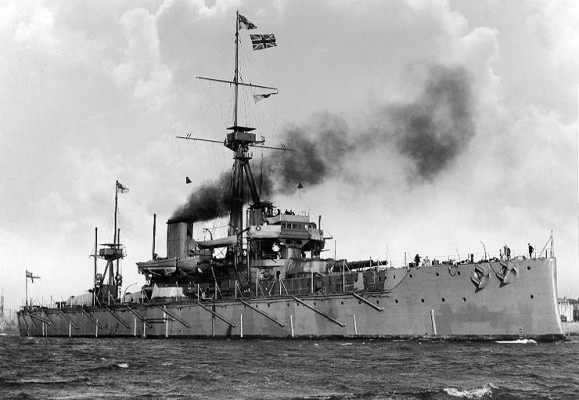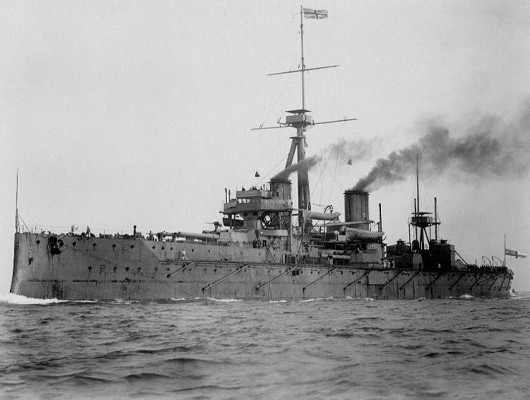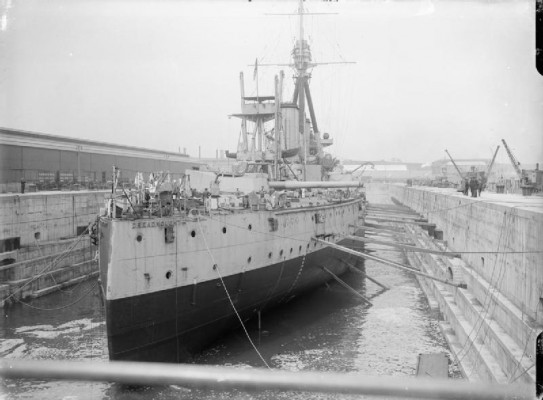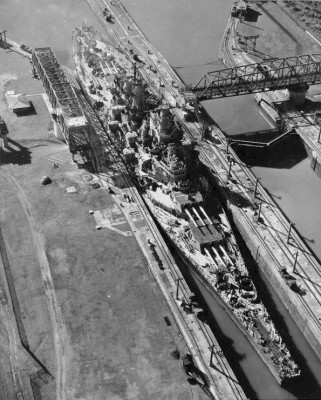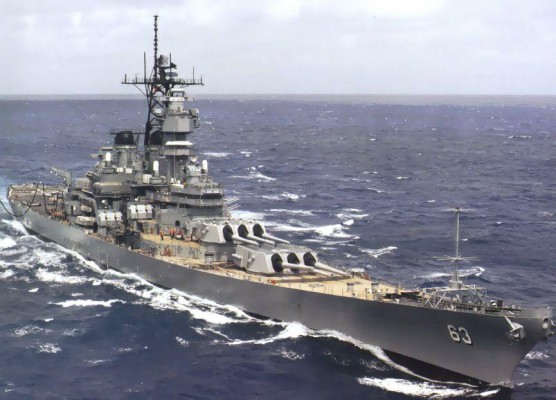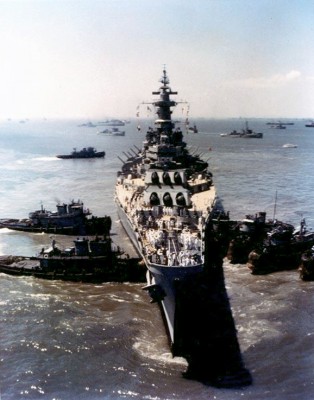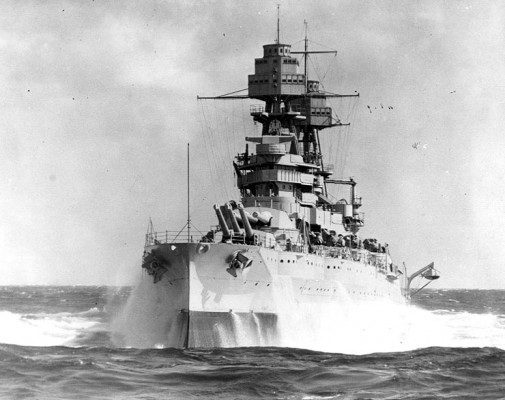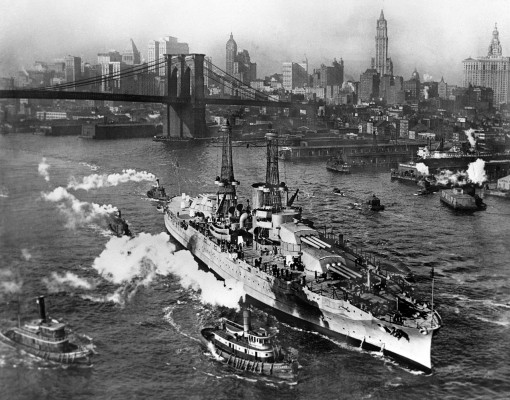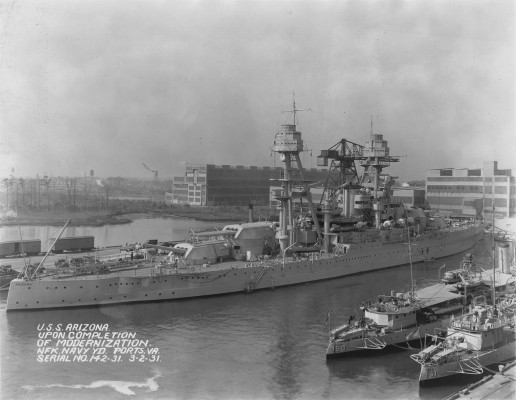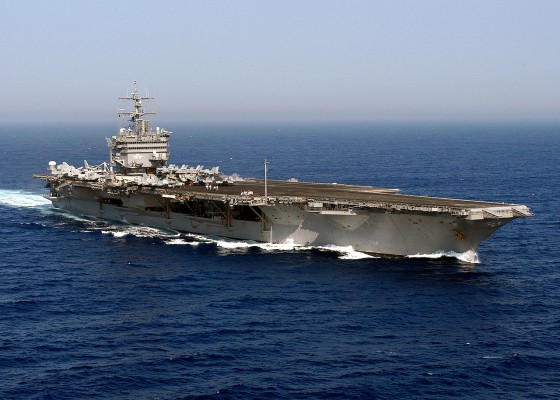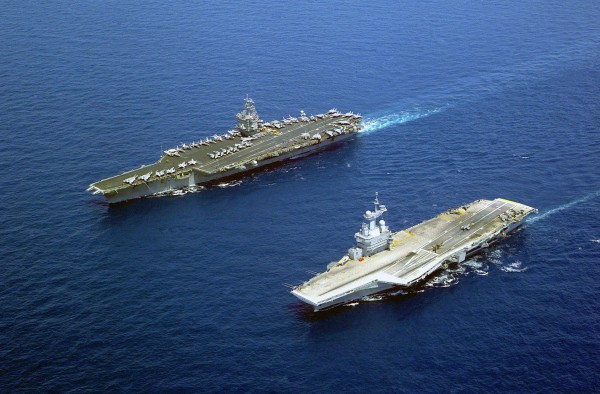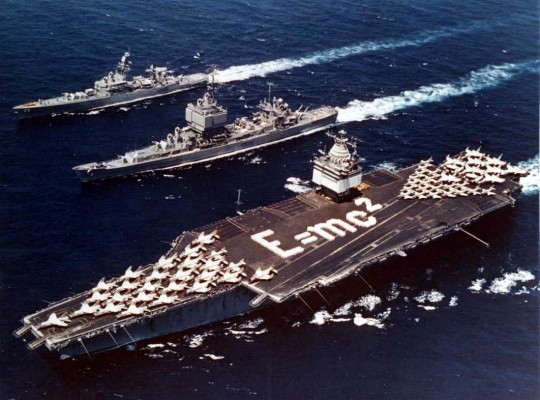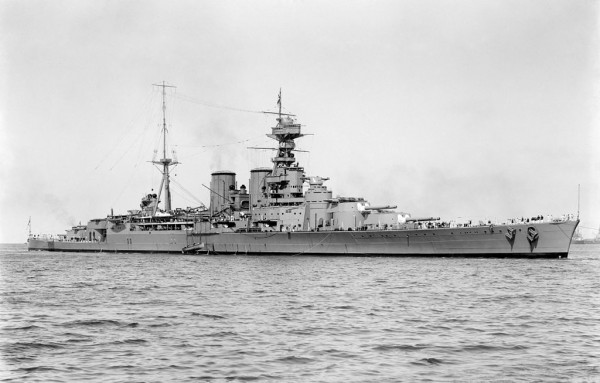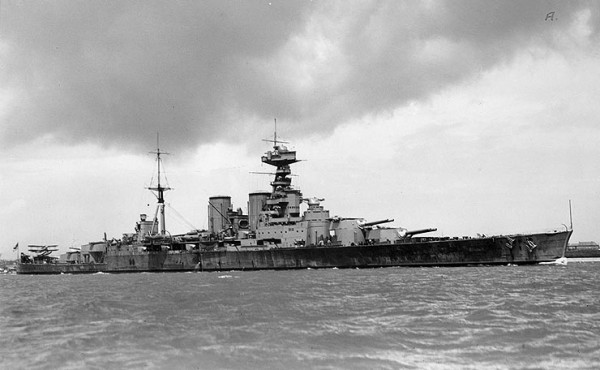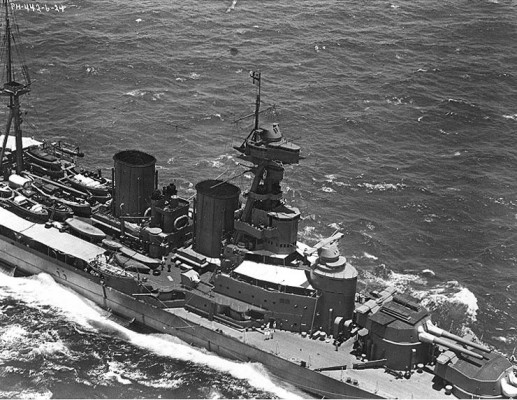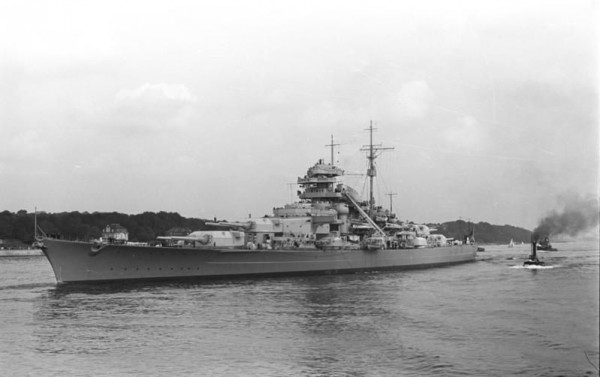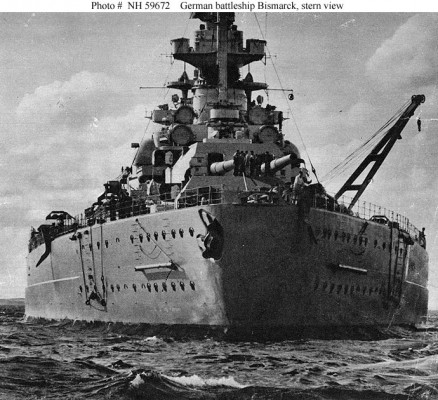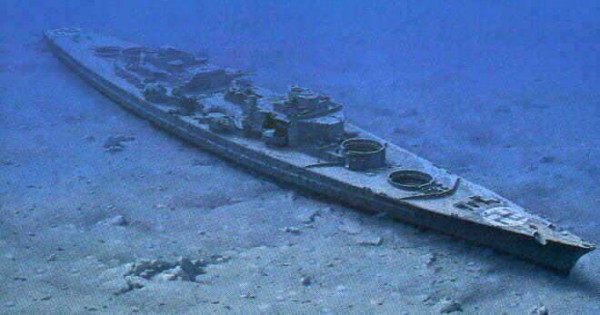Launched in 1940, the Yamato was a lead ship in the Imperial Japanese Navy during WW2. Outnumbered by the US fleet, Japan built the Yamato and her sister ship, the Musashi, as the heaviest and most powerfully armed battleships ever in order to even the odds.
To this day, they hold their title, though no new battleships have been constructed for decades.
Yamato
Claim to fame: The most powerfully armed battleship ever constructed.
Launched in 1940, the Yamato was a lead ship in the Imperial Japanese Navy during WW2. Outnumbered by the US fleet, Japan built the Yamato and her sister ship, the Musashi, as the heaviest and most powerfully armed battleships ever in order to even the odds. To this day, they hold their title, though no new battleships have been constructed for decades.
During Japan’s last major naval operation in WW2, the Yamato and nine other warships were sent on a suicide run against Allied forces in Okinawa. Before she even reached her destination, the Yamato and five other Japanese warships were sunk by US carrier-borne aircraft.
The Yamato and Musashi served as symbols for the Japanese people – as long as they were able to fight, Japan could never fall. The cultural importance of these ships has led to them being memorialized extensively.
HMS Dreadnought
Claim to fame: Revolutionized naval power.
To kick off this list, we need to acknowledge the Royal Navy vessel that changed the way naval battles were fought. The Dreadnought, whose very name inspires feelings of… well, dread, represented such a huge leap forward in technology that an entire class of battleships was named after her. In fact, so revolutionary was she that we now refer to the class of battleships she rendered obsolete as “pre-dreadnoughts.”
Launched in 1906, the Dreadnought was the first capital ship to be powered by steam turbines and consequently the fastest battleship in the world. Her completion spurred a naval arms race in the build-up to World War I, even though she did not see active service during the war. In 1915, she rammed a surfacing German U-boat, becoming the only battleship to sink a submarine.
Sadly, she was sold for scrap in 1919.
USS Missouri (BB-63)
Claim to fame: The United States’ last battleship; site of the surrender of Japan, World War II.
Launched in 1944, “Mighty Mo” was the final battleship commissioned by the US and has since earned 11 battle stars for her service in WW2, the Korean War, and the Gulf War. While she was first decommissioned in 1955, she was reactivated in 1984 when the US enacted a plan to rebuild its Navy fleet.
The Missouri survived a kamikaze bombing with only superficial damage, was instrumental in claiming Japan’s home waters during WW2 by guarding aircraft carriers and bombarding Japanese shorelines, and served as the site of the unconditional surrender of the Empire of Japan to the Allies, officially ending the war.
Today, the Missouri is living out her days as a museum ship at Pearl Harbor, where she’s been since 1998.
USS Arizona (BB-39)
Claim to fame: Her sinking during the attack on Pearl Harbor.
If the Yamato represented the most culturally significant naval loss to the Japanese people during WW2, the same can be said for the USS Arizona and the American people. Launched in 1915, the Arizona was a “super-dreadnought” battleship, heavier and better-armed than the initial dreadnought-class. In 1913, while she and her sister ship, the Pennsylvania, were under construction, The New York Times published an article claiming they would be “the world’s biggest and most powerful, both offensively and defensively, superdreadnought ever constructed.”
While an impressive vessel, the Arizona saw less than 15 minutes of active wartime. In 1940, she was transferred from California to Pearl Harbor along with the rest of the Pacific Fleet in an attempt to deter the Japanese. During the 1941 attack on Pearl Harbor, a lucky strike from a Japanese bomb set off a devastating explosion in the Arizona’s forward magazines, killing most of her 1,512 crewmen and ultimately sinking the ship.
Some of the Arizona’s guns were salvaged and installed on the battleship Nevada, which fired the Arizona’s guns against Okinawa and Iwo Jima, Japan, toward the end of WW2. Today, a memorial sites lies above over her wreckage, which can be seen in the shallow waters.
USS Enterprise (CVN-65)
Claim to fame: Longest naval vessel ever constructed.
Launched in 1960, “Big E” was the world’s first nuclear-powered aircraft carrier and to this day remains the longest naval vessel in the world. In service for 51 consecutive years, she is the longest-serving US aircraft carrier in history. The Enterprise has been undergoing decommissioning since 2012.
Also worthy of mention is her predecessor, the USS Enterprise (CV-6). Launched in 1936, the US Navy’s seventh Enterprise earned 20 battle stars, making her the most decorated US ship of WW2. She earned the nickname “The Grey Ghost” after three separate reports by the Japanese during the Pacific War that she had been sunk.
HMS Hood (51)
Claim to fame: Pride of the Royal Navy and took on the Bismarck.
Launched in 1918, the Hood was the largest battlecruiser ever built and the Royal Navy’s last constructed battlecruiser – a capital ship similar to a battleship, but faster and less armored.
In May of 1941, Hood and the battleship Prince of Wales were ordered to intercept the Bismarck and its accompanying heavy cruiser Prinz Eugen. While the Royal Navy knew that the Hood’s armor was outclassed by WW2-era battleships, she was one of the few available “big gun” vessels that could catch the Bismarck. In the ensuing battle, the Bismarck landed a blow that caused the Hood’s aft magazine to explode, sinking her in three minutes. 1418 men were aboard the Hood when she sank; only three survived.
Bismarck
Claim to fame: The target of the largest naval hunt in Royal Navy history.
Launched in 1939, the Bismarck and her sister ship, Tirpitz, were the largest German battleships ever built, and two of the largest ever built in all of Europe. While she only served Germany for eight months and one offensive operation, she managed to sink the pride of the Royal Navy, sparking a chase that lasted two days and involved dozens of British warships.
En route to German-occupied France, the Bismarck was attacked by biplane torpedo bombers and rendered unmaneuvrable before she could reach safety. The next morning, the Bismarck fought off British ships until all her weapon batteries were disabled. The order was then given to abandon ship, and scuttling charges were detonated to sink the damaged Bismarck and prevent it from falling into enemy hands.
